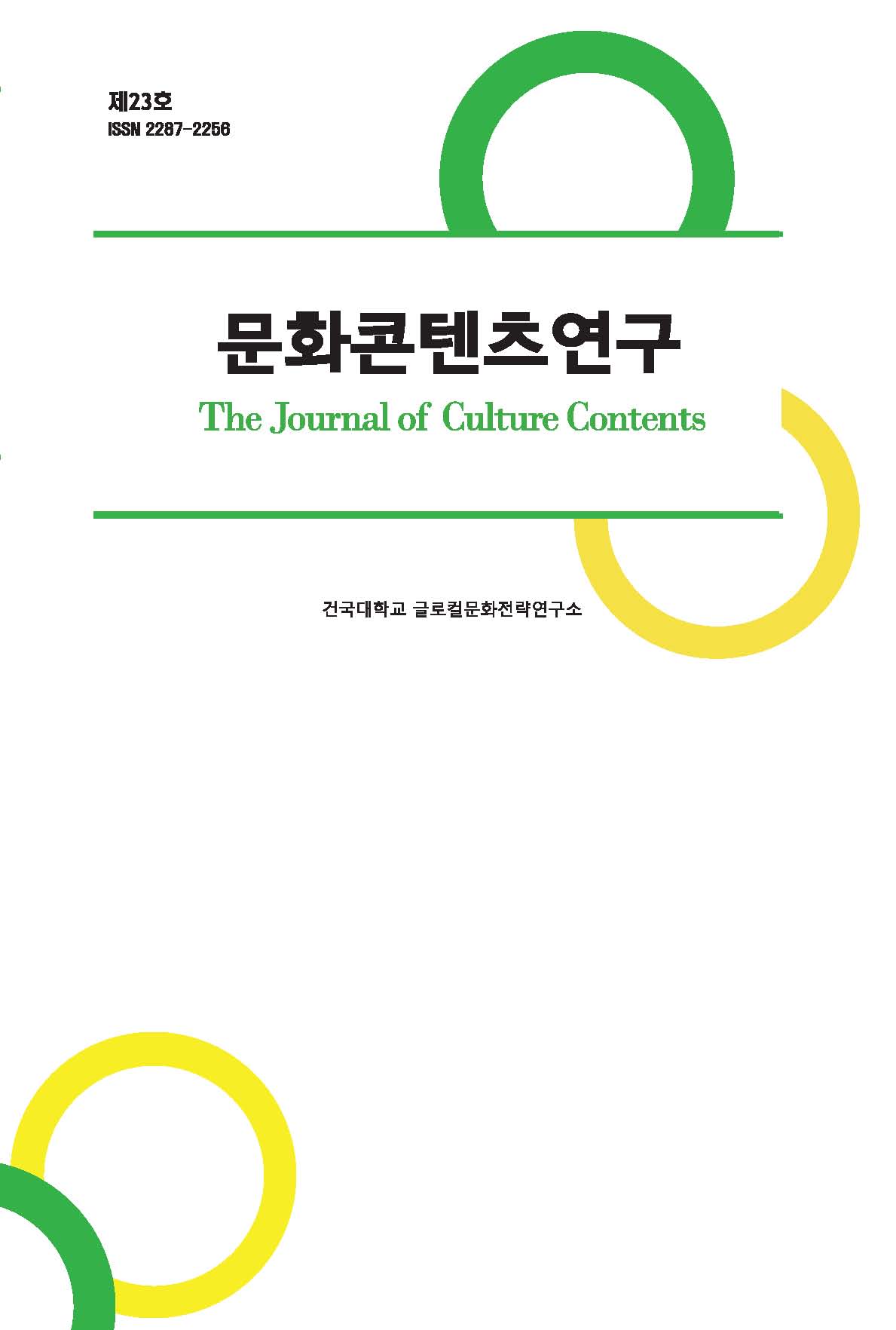Abstract
References
Information
In January 2019, The Research Institute of Creative Contents of Konkuk University went to field trips for academic exchanges with Hiroshima University and investigation of nearby cultural and community revitalization cases. Matsuyama City, Onomichi City and Hiroshima City were the places to be visited. The period of the visit was planned from January 7 to 11, 4 nights and 5 days. The Research Institute of Creative Contents has been studying regional revitalization and cultural competitiveness in the glocal culture era, and this visit was also part of the study.
The regional development strategies of the three regions were different. Matsuyama City was known as Soseki Natsume's novel, “Botchan” and developed tourism contents linked to it, thus building the image of the city of literature. Onomichi City, which became famous for its “Vacant House Recreation Project”, actively used the idle space to revitalize the area. Hiroshima utilized dark tourism and took a strategy to transform the pain of war into an image of peace. This report focuses on Onomichi City. Matsuyama City is naturally rich in cultural resources thanks to its renowned creators from the region, and Hiroshima City has a special history of being subjected to atomic bomb damage for the first time. Onomichi City, on the other hand, suffered from population outflows and regional underdevelopment due to changes in the industrial structure. This is similar to the situation in many local regions in Korea, which are in danger of extinction due to the concentration of the metropolitan area. The fact that Onomichi City’s municipalities and residents have worked together to find creative solutions to these problems in the region can be a suggestion for Korean regions. Discoverlink Setouchi, a company created by businessmen from Onomichi City, aims to revitalize local tourism and create local jobs, not just for profit. Management philosophy of Discoverlink is to ‘discover’ and ‘link’ local attractiveness, like company names. It is their goal to connect people and culture as the history of Onomichi, which has flourished as a hub of trade since ancient times and has been connected with people from all over Japan and the world through the sea. Based on this, the article reports Onomichi City’s creative self-sustaining strategy through the keyword ‘Link’.
2019년 1월, 건국대학교 글로컬문화전략연구소는 히로시마대학과의 학술교류 및 인근의 문화적 지역재생 사례 조사를 위한 현장답사에 나섰다. 답사 대상지는 마쓰야마 시, 오노미치 시, 히로시마 시였으며 답사기간은 1월 7일부터 11일까지 4박 5일로 계획되었다. 글로컬문화전략연구소는 글로컬(glocal) 문화 시대에 지역재생과 문화적 경쟁력에 대해 연구해왔으며 이번 답사 역시 그 일환으로 진행되었다.
세 지역의 지역발전 전략은 각기 달랐다. 마쓰야마는 나쓰메 소세키의 소설인 <도련님>의 배경지로 알려져 이와 연계된 관광콘텐츠를 개발하여 문학도시의 이미지를 구축했다. 빈집재생 프로젝트로 알려진 오노미치는 유휴공간을 적극 활용한 주민주도의 지역재생에 힘쓰고 있었다. 히로시마는 원폭피해지역을 추모공원으로 조성하여 다크투어리즘을 활용하였으며 전쟁의 아픔을 평화의 이미지로 변화시키는 전략을 취했다. 본 글에서는 오노미치 시를 중점적으로 기술하였다. 마쓰야마 시는 명성 높은 창작자들에게 사랑을 받은 덕분에 자연히 문화적 자원이 풍족하게 되었고 히로시마는 처음으로 원폭 피해를 입은 특수한 역사를 가지고 있다. 반면 소도시인 오노미치는 산업구조의 변화 등으로 인구 유출과 지역 낙후 등을 경험한 것이 수도권 집중으로 소멸 위기에 놓인 한국의 여러 지역들의 실정과 비슷하다. 이러한 지역의 문제에 대해 시와 주민들이 힘을 합쳐 창조적 해결방법을 모색했다는 점에서 국내에도 많은 시사점이 될 것이다. 오노미치 시의 지역출신 사업가들이 만든 회사인 ‘디스커버링크 세토우치(Discoverlink Setouchi)’는 영리 추구만이 아닌 지역관광 활성화와 지역의 일자리 창출을 목적으로 하고 있다. 디스커버링크의 경영이념은 회사명처럼 지역의 매력을 ‘발견(discover)’하여 ‘연결(link)’하는 것이다. 예로부터 교역의 요충지로 번성하여 바다를 통해 일본 각지와 세계의 사람들과 연결해 온 오노미치의 역사처럼 사람과 문화를 연결하는 것이 이들의 목표이다. 이러한 유래에서 착안하여 본 글은 ‘연결(link)를 키워드로 오노미치의 창조적 자생 전략을 보고하였다.
- 서수정, 「해외출장 보고서-일본 도시재생기금 활용사례 조사」, auri 건축도시공간연구소, 2016.
- 손용훈, 우정범, 「농촌지역 빈집 활용 마을만들기 추진과정에서 NPO의 역할 -일본 NPO법인오노미치빈집재생프로젝트 사례로-」, 농촌계획, 20(4), 2014.
- 오용준, 「일본 오노미치의 빈집재생 프로젝트」, 열린충남, 65, 2014.
- 정수희, 이병민, 「지역의 문화자산으로서 문화콘텐츠와 문화콘텐츠관광 연구」, 관광연구논총, 28(4), 2016.
- Seaton, Philip A., et al, Contents Tourism in Japan: Pilgrimages to “ sacred Sites” of Popular Culture, Cambria Press, 2017.
- Discoverlink Setouchi 홈페이지 www.dlsetouchi.com
- NPO 빈집재생 프로젝트 홈페이지 www.onomichisaisei.com
- Publisher :Research Institute of Creative Contents
- Publisher(Ko) :글로컬문화전략연구소
- Journal Title :The Journal of Culture Contents
- Journal Title(Ko) :문화콘텐츠연구
- Volume : 15
- No :0
- Pages :197-219


 The Journal of Culture Contents
The Journal of Culture Contents





